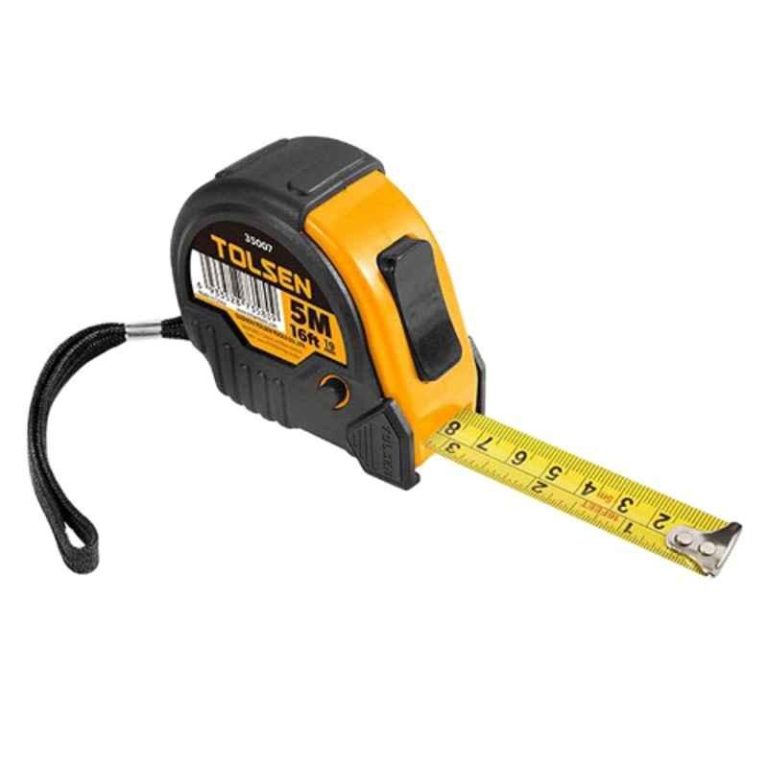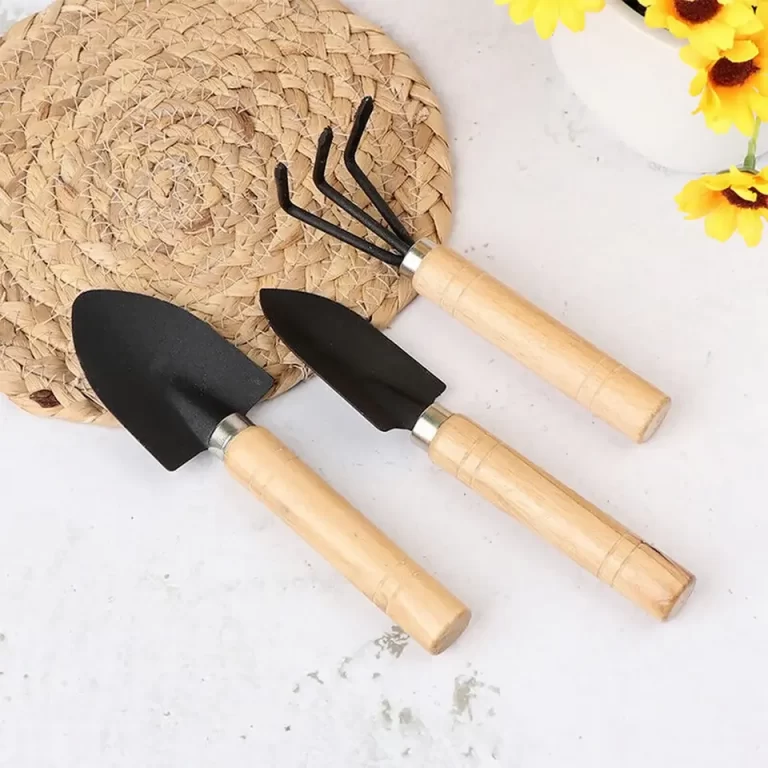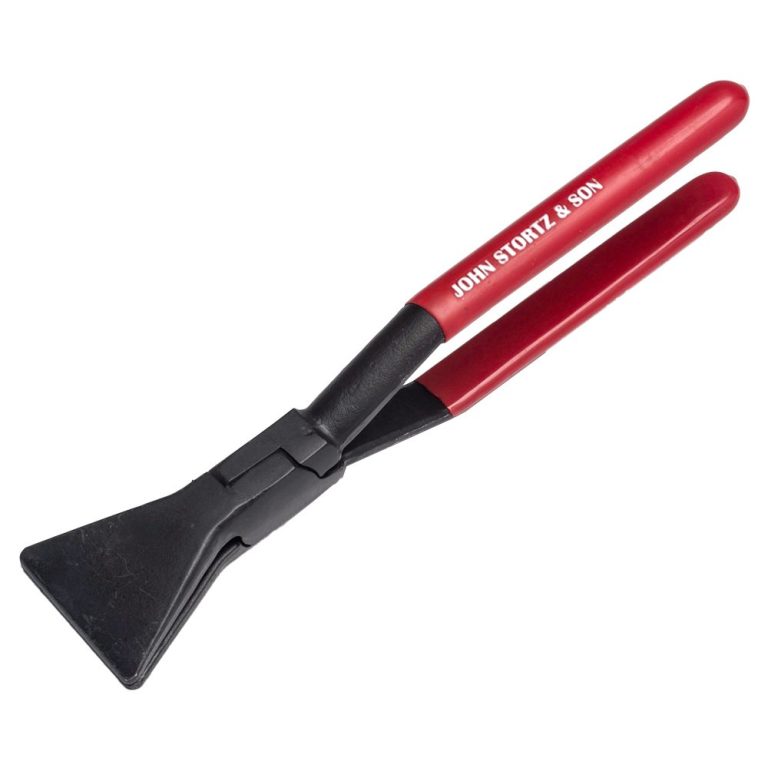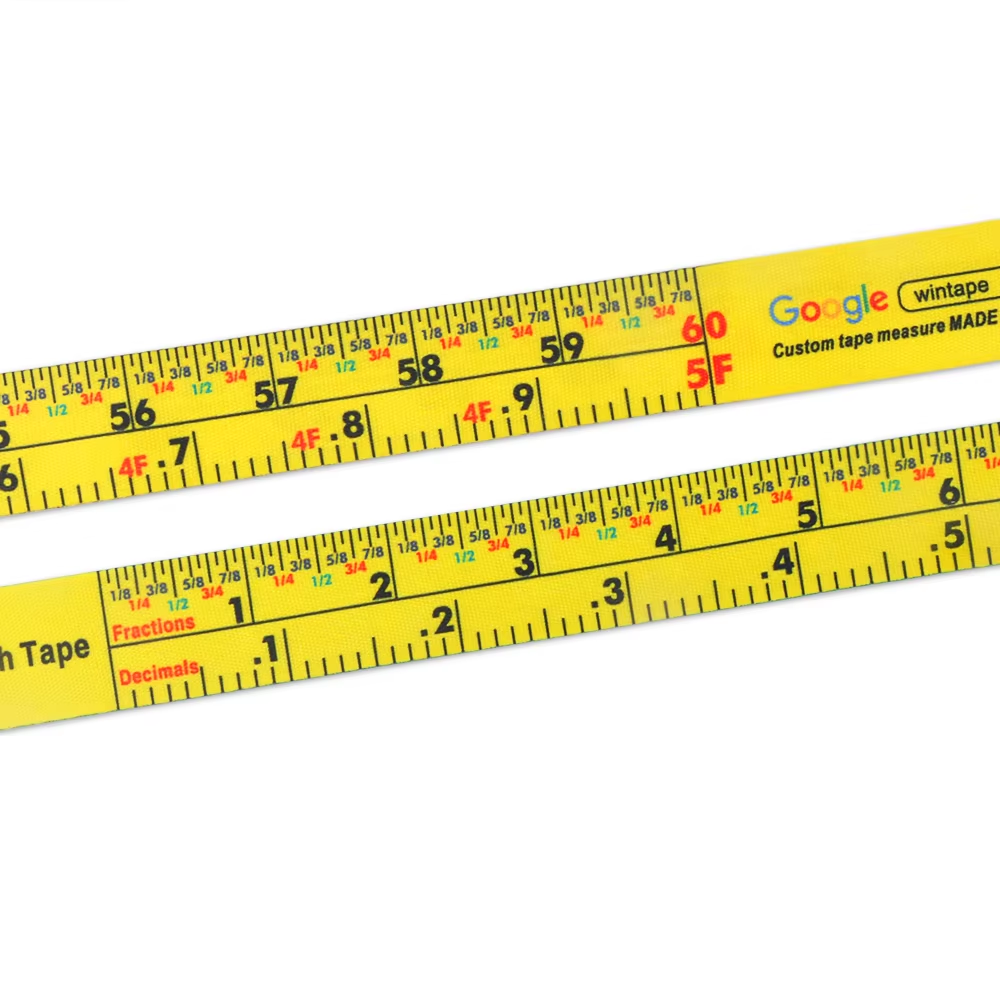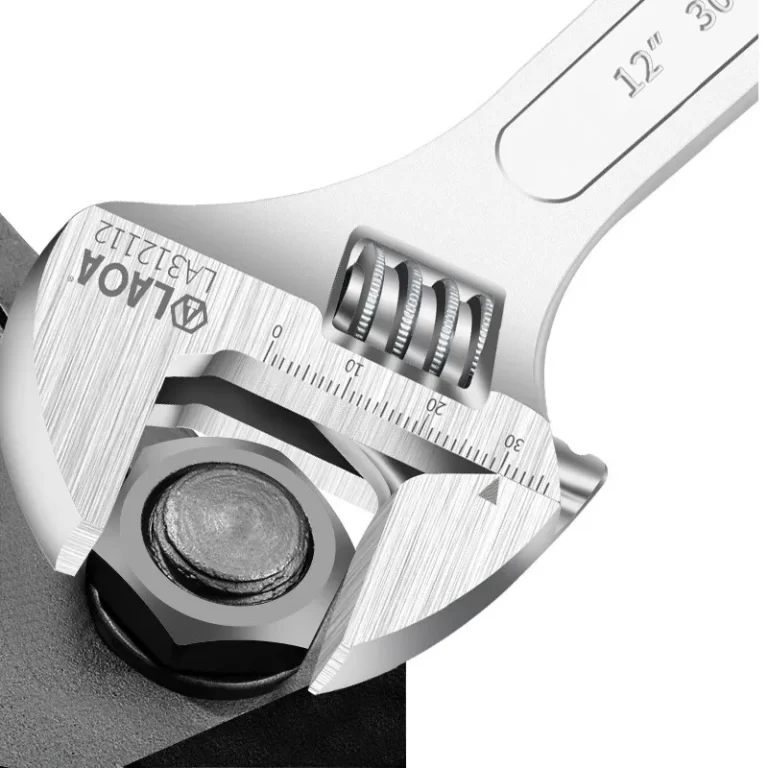Understanding and accurately using ruler measurements is fundamental in various fields, from education and engineering to crafting and everyday tasks. Whether you’re a student learning basic geometry, a professional engineer, or a hobbyist, mastering ruler measurements ensures precision and consistency in your work. This comprehensive guide delves into the essential aspects of ruler measurements, exploring different types of rulers, measurement techniques, common units, and practical applications to enhance your proficiency and confidence.
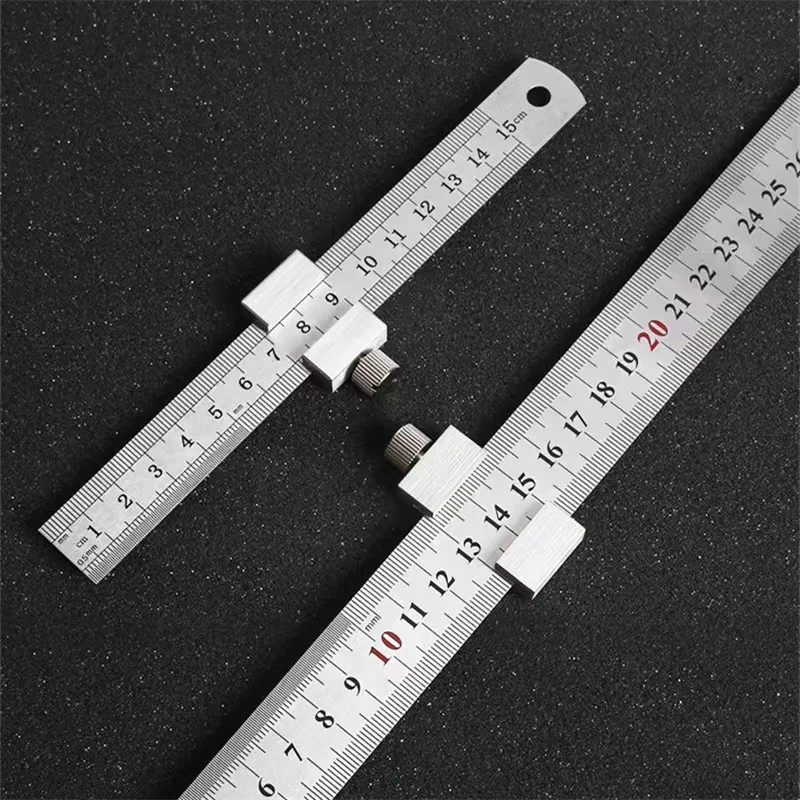 The Importance of Accurate Measurements
The Importance of Accurate Measurements
Accurate ruler measurements are crucial for ensuring that projects meet specified dimensions and standards. Precision in measurement not only affects the quality and functionality of the final product but also minimizes errors and material wastage. For instance, in construction, precise measurements are vital to ensure structural integrity and safety. Similarly, in sewing, accurate measurements determine the fit and appearance of garments. Therefore, understanding how to effectively use rulers is indispensable across various disciplines.
Enhancing Precision in Everyday Tasks
Everyday activities, such as measuring furniture for home improvement, crafting, or even cooking, often require precise measurements. Using a ruler accurately helps in achieving the desired outcomes without unnecessary mistakes. For example, when hanging pictures, knowing the exact distance between nails can result in a balanced and aesthetically pleasing display. Moreover, precise measurements contribute to efficient use of resources, saving time and money by preventing the need for rework or additional materials.
Educational Value of Ruler Measurements
In educational settings, ruler measurements are foundational in teaching concepts related to mathematics, geometry, and spatial awareness. Students learn to quantify lengths, understand scale, and apply measurement techniques in various problem-solving scenarios. These skills are not only academic but also practical, fostering logical thinking and attention to detail. As students progress, they build a solid foundation that supports more complex mathematical and scientific endeavors.
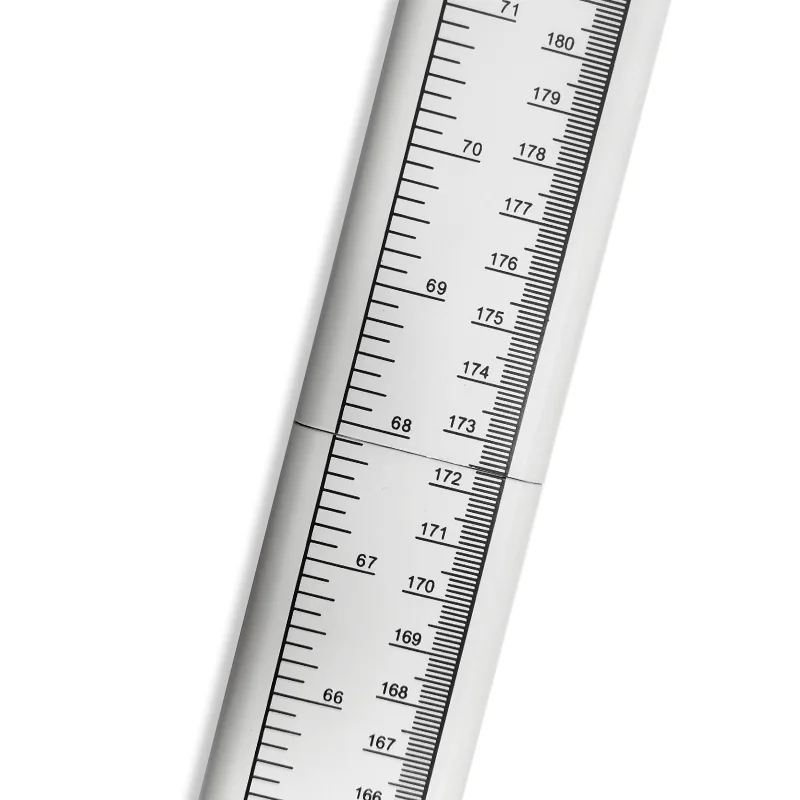 Types of Rulers and Their Uses
Types of Rulers and Their Uses
Rulers come in various forms, each designed to cater to specific measurement needs and applications. Understanding the different types of rulers and their uses enhances your ability to choose the right tool for the task at hand.
Standard Straight Rulers
Standard straight rulers, typically ranging from 12 inches (30 cm), are the most common type used in classrooms, offices, and homes. They are versatile and suitable for a wide range of tasks, including drawing straight lines, measuring small to medium lengths, and performing basic calculations. These rulers often feature both metric and imperial units, providing flexibility for different measurement systems.
Measuring Tapes
Measuring tapes, also known as tape measures, are flexible rulers used for measuring longer distances that standard rulers cannot accommodate. They are essential in construction, tailoring, and other fields requiring precise and extensive measurements. Measuring tapes are usually retractable, making them easy to store and transport. They come in various lengths, with common sizes being 25 feet (7.6 meters) and 100 feet (30.5 meters).
Transparent Rulers
Transparent rulers are particularly useful in technical drawing and drafting. Their transparent nature allows users to see the paper or surface beneath, facilitating accurate alignment and measurement without interference. These rulers often consist of plastic or acrylic materials and come in both metric and imperial units. They are favored by architects, engineers, and designers for their precision and ease of use.
Folding Rulers
Folding rulers, or folding scales, are compact and portable rulers that can be folded into smaller sections for easy carrying. They are ideal for on-the-go measurements, making them popular among engineers, surveyors, and DIY enthusiasts. Folding rulers typically feature metric and imperial scales on each section, providing versatility and convenience for various measurement tasks.
Digital Rulers
Digital rulers offer enhanced precision and ease of use with their electronic displays and measurement capabilities. They are equipped with sensors and digital readouts that provide accurate measurements to the nearest millimeter or inch. Digital rulers are commonly used in scientific research, engineering, and high-precision crafting. They often include additional features such as data storage, connectivity to other devices, and specialized measurement modes.
Understanding Measurement Units
Grasping the different units of measurement is fundamental to accurately using rulers. Measurement units fall into two primary systems: the metric system and the imperial system. Understanding these systems and their applications ensures you can interpret and convert measurements effectively.
Metric System
The metric system is an internationally recognized system of measurement based on the meter as the unit of length. It is widely used in science, medicine, and many countries around the world. The metric system’s units include millimeters (mm), centimeters (cm), meters (m), and kilometers (km), with each unit representing a factor of ten. This decimal-based system simplifies conversions and calculations, making it user-friendly.
Imperial System
The imperial system, primarily used in the United States and a few other countries, measures length using units such as inches, feet, yards, and miles. Unlike the metric system, the imperial system is not strictly based on powers of ten, which can make conversions more complex. However, it remains popular for everyday measurements, construction, and manufacturing in regions where it is the standard.
Conversion Between Systems
Being able to convert between metric and imperial units is a valuable skill, especially in contexts where both systems are in use. For example, knowing that 1 inch equals 2.54 centimeters or that 1 foot equals 30.48 centimeters allows for seamless transitions between measurement systems. Utilizing conversion charts or digital converters can aid in quick and accurate conversions, ensuring precision in measurements and reducing the risk of errors.
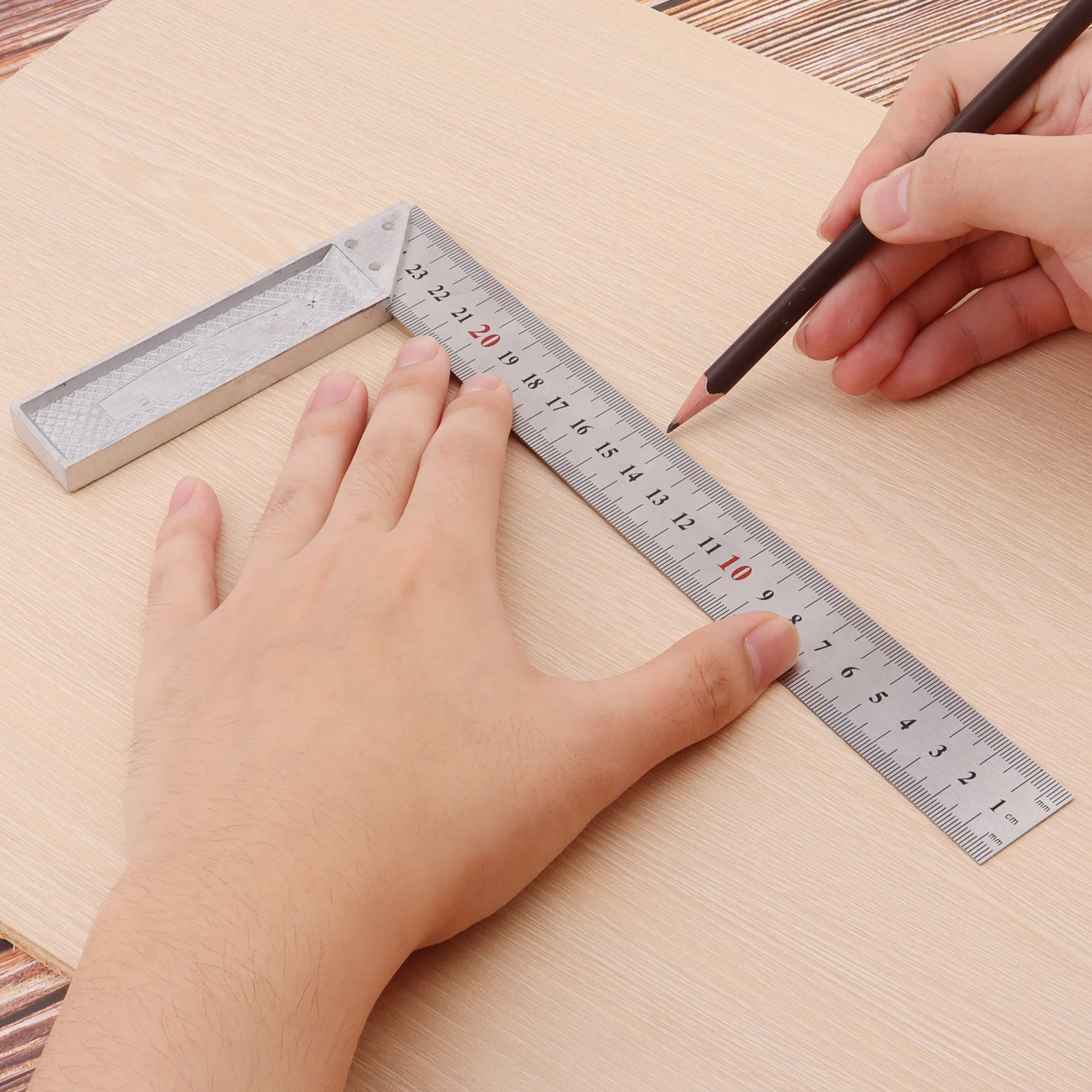 Techniques for Accurate Measurements
Techniques for Accurate Measurements
Achieving accuracy in ruler measurements involves more than just reading the numbers off a ruler. Employing the right techniques ensures precision and consistency in your measurements.
Proper Alignment
Align the zero end of the ruler with the starting point of the object you are measuring. Ensure that the ruler is perfectly straight and not tilted or angled, as this can lead to inaccurate measurements. Holding the ruler firmly in place with one hand while using the other hand to mark or observe the measurement can enhance stability and accuracy.
Reading at Eye Level
To avoid parallax error, which occurs when the ruler is viewed from an angle, always read measurements at eye level. Position yourself so that your line of sight is perpendicular to the ruler, ensuring that the measurement marks are clearly visible and accurately interpreted. This technique minimizes the risk of misreading the measurement due to angled viewing.
Using Both Sides of the Ruler
Most rulers feature measurement units on both sides, with one side typically in metric units and the other in imperial units. Utilizing both sides can provide a comprehensive understanding of the measurement, especially when working with mixed-unit projects. It also allows for cross-referencing and double-checking measurements to ensure consistency and accuracy.
Taking Multiple Measurements
For enhanced precision, especially in critical measurements, take multiple measurements of the same object and calculate the average. This approach compensates for any minor errors or inconsistencies, providing a more reliable and accurate result. Recording each measurement and comparing them can also help identify and correct any anomalies.
Using Measuring Aids
Various measuring aids can complement ruler measurements, enhancing accuracy and ease of use. For instance, using a protractor with a ruler can aid in measuring angles, while a divider can help in measuring larger distances or transferring measurements between objects. Utilizing these tools in conjunction with a ruler broadens the scope of measurement capabilities and improves overall precision.
Practical Applications of Measurements
Ruler measurements are integral to a multitude of practical applications, where precision and accuracy are paramount. Understanding how to apply ruler measurements in different contexts enhances your ability to execute tasks effectively and efficiently.
Education and Learning
In educational settings, rulers are essential tools for teaching and learning various concepts. Students use rulers in geometry to draw shapes, measure angles, and calculate perimeters and areas. Rulers also aid in developing fine motor skills and spatial awareness, which are crucial for subjects like math, science, and art. Educators rely on rulers to provide hands-on learning experiences that reinforce theoretical knowledge through practical application.
Construction and Engineering
In construction and engineering, ruler measurements are indispensable for ensuring that structures adhere to design specifications and safety standards. Accurate measurements are critical for cutting materials, aligning components, and verifying dimensions during the building process. Engineers use rulers alongside other precision tools to create detailed blueprints, conduct surveys, and perform quality control, ensuring that projects are completed accurately and efficiently.
Crafting and DIY Projects
Craft enthusiasts and DIYers use ruler measurements to bring their creative visions to life. From cutting fabric for sewing projects to assembling pieces for woodworking, rulers provide the necessary precision to achieve professional-looking results. Accurate measurements ensure that components fit together seamlessly, reducing waste and enhancing the overall quality of the finished product. Rulers also assist in maintaining consistency across multiple pieces, which is essential for projects requiring uniformity.
Technical Drawing and Design
Technical drawing and design rely heavily on rulers for creating detailed and precise illustrations. Architects, designers, and artists use rulers to draw straight lines, create accurate scales, and depict intricate details in their work. Transparent rulers are particularly useful in this context, allowing for easy adjustments and layering of drawings. Mastering ruler measurements in technical drawing ensures that designs are both aesthetically pleasing and functionally sound.
Everyday Household Tasks
In everyday life, rulers serve a variety of practical purposes. From measuring ingredients in cooking to ensuring that furniture fits perfectly in a designated space, rulers provide the accuracy needed for successful outcomes. Homeowners use rulers for tasks like hanging shelves, installing mirrors, and arranging decor, ensuring that items are placed correctly and proportionately. Additionally, rulers help in organizing spaces efficiently, contributing to a well-maintained and visually appealing home environment.
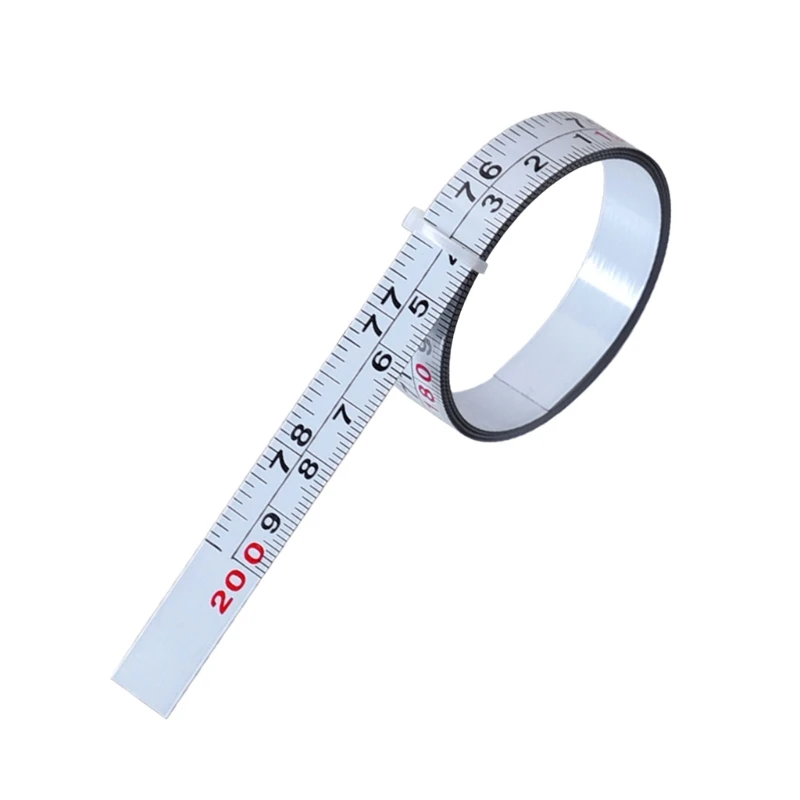 Advanced Ruler Measurement Techniques
Advanced Ruler Measurement Techniques
For those seeking to elevate their measurement skills, advanced techniques offer greater precision and versatility. These techniques are particularly useful in specialized fields and complex projects.
Using a Combination Square
A combination square is a versatile tool that incorporates a ruler with a movable head, allowing for precise measurements and angle checks. It is commonly used in woodworking, metalworking, and construction to ensure accurate 90-degree and 45-degree angles. The combination square guides cutting tools and marks precise lines, enhancing the accuracy of measurements and cuts.
Applying the Vernier Scale
Vernier scales are used in precision rulers and calipers to measure fractions of units with high accuracy. By aligning the scales, users can read measurements to the nearest tenth or hundredth of a millimeter or inch. This technique is essential in scientific research, engineering, and machining, where minute measurements are critical. Mastering the Vernier scale enhances the ability to perform detailed and precise measurements beyond the standard ruler’s capabilities.
Utilizing Micrometer Rulers
Micrometer rulers offer the highest level of precision, capable of measuring up to thousandths of an inch or hundredths of a millimeter. They are indispensable in fields that require extreme accuracy, such as mechanical engineering, manufacturing, and quality control. Micrometer rulers consist of a calibrated screw mechanism that provides precise readings, making them ideal for tasks that demand exact measurements.
Implementing Digital Measurement Tools
Digital measurement tools, including digital rulers and laser distance meters, provide enhanced accuracy and ease of use. These tools offer digital displays that eliminate the need for manual reading, reducing the risk of human error. They often come equipped with features such as memory storage, unit conversions, and connectivity to other devices for data transfer. Incorporating digital measurement tools into your practice can streamline the measurement process and improve overall precision.
Innovative Uses of Measurements
Beyond traditional applications, rulers can be creatively used in various innovative ways to solve problems and enhance projects.
Creating Geometric Patterns
Rulers are essential tools for creating precise geometric patterns in art and design. By using rulers to draw straight lines and symmetrical shapes, artists can develop intricate and balanced compositions. This technique is particularly useful in creating mandalas, tessellations, and other complex geometric designs.
Customizing Furniture Layouts
Rulers assist in customizing furniture layouts to maximize space and functionality. By accurately measuring rooms, doorways, and furniture dimensions, homeowners can plan and arrange their living spaces efficiently. This ensures that furniture fits perfectly and creates a harmonious and organized environment.
Designing Personalized Greeting Cards
Crafting personalized greeting cards often involves creating custom designs and precise measurements. Rulers help in measuring and folding paper accurately, ensuring that designs are symmetrical and aesthetically pleasing. Utilizing rulers in card design enhances the overall quality and professionalism of handmade cards.
Developing DIY Projects
Rulers are indispensable in developing DIY projects, from building shelves to creating decorative items. Accurate measurements ensure that all components fit together correctly, resulting in sturdy and visually appealing finished products. Rulers guide the cutting, assembling, and finishing processes, making DIY projects more manageable and successful.
Enhancing Digital Design
In digital design, rulers help in translating precise measurements from digital interfaces to physical products. Designers use rulers to create accurate mockups, prototypes, and models, ensuring that digital designs meet real-world specifications. This integration of ruler measurements with digital tools bridges the gap between virtual concepts and tangible outcomes.
Choosing the Right Ruler for Your Needs
Selecting the appropriate ruler depends on the specific requirements of your task. Considering factors such as material, size, scale, and functionality ensures that you choose a ruler that best suits your needs.
Material Considerations
Rulers are available in various materials, each offering unique benefits. Metal rulers, such as stainless steel or aluminum, are durable and resistant to bending, making them suitable for heavy-duty tasks. Plastic rulers are lightweight and affordable, ideal for everyday use and educational purposes. Wooden rulers offer a classic aesthetic and are often used in crafting and design applications.
Size and Length
Rulers come in different lengths, typically ranging from 6 inches (15 cm) to 36 inches (90 cm) or more. Smaller rulers are convenient for detailed work, while longer rulers are necessary for measuring larger distances. Selecting the right size ensures that you can measure accurately without the need to join multiple rulers together.
Scale and Units
Rulers feature different scales based on the measurement system and the level of precision required. Some rulers have dual scales, displaying both metric and imperial units, providing flexibility for various measurement needs. Others are specialized, such as Vernier rulers or protractors, designed for specific applications like precision engineering or angle measurement.
Additional Features
Modern rulers come with additional features that enhance their functionality. Graduated markings for precise measurements, non-slip grips for better handling, and built-in level indicators for ensuring straight lines are just a few examples. Considering these features can improve the usability and accuracy of your ruler measurements.
Integrating Measurements with Technology
The integration of rulers with modern technology has transformed the way measurements are taken and utilized. Leveraging technological advancements can enhance the accuracy, efficiency, and versatility of ruler measurements.
Digital Rulers and Software Integration
Digital rulers can be connected to software applications, allowing for real-time data input and analysis. This integration is particularly useful in design, engineering, and scientific research, where precise measurements need to be recorded and processed quickly. Software integration also facilitates the storage and retrieval of measurement data, making it easier to manage and share information.
Laser Measuring Tools
Laser measuring tools offer an innovative alternative to traditional rulers by providing precise distance measurements using laser beams. These tools are highly accurate and can measure long distances quickly and effortlessly. Laser measuring tools are ideal for construction, interior design, and outdoor activities where traditional rulers may be impractical.
Mobile Measurement Apps
Mobile measurement apps utilize the sensors and camera capabilities of smartphones to provide accurate measurements. These apps can replicate the functions of a traditional ruler and offer additional features such as digital note-taking, unit conversions, and data sharing. Mobile measurement apps are convenient for on-the-go measurements, allowing users to perform tasks without carrying a physical ruler.
Augmented Reality (AR) Measurement Tools
Augmented reality (AR) measurement tools overlay digital measurements onto the physical world through AR glasses or smartphone screens. These tools provide real-time, interactive measurements that enhance accuracy and ease of use. AR measurement tools are particularly beneficial in fields like architecture, interior design, and virtual reality applications, where visualizing measurements in context is crucial.
 Conclusion
Conclusion
In conclusion, ruler measurements are indispensable tools that underpin accuracy and precision in a multitude of applications, from education and construction to crafting and technology. By understanding the different types of rulers, mastering measurement techniques, and integrating advanced tools, you can enhance your measurement skills and achieve consistent, reliable results. Whether you’re embarking on a DIY project, pursuing academic excellence, or engaging in professional endeavors, mastering ruler measurements ensures that you approach every task with confidence and precision. Embrace the power of accurate ruler measurements and unlock the potential to create, build, and innovate with excellence.


